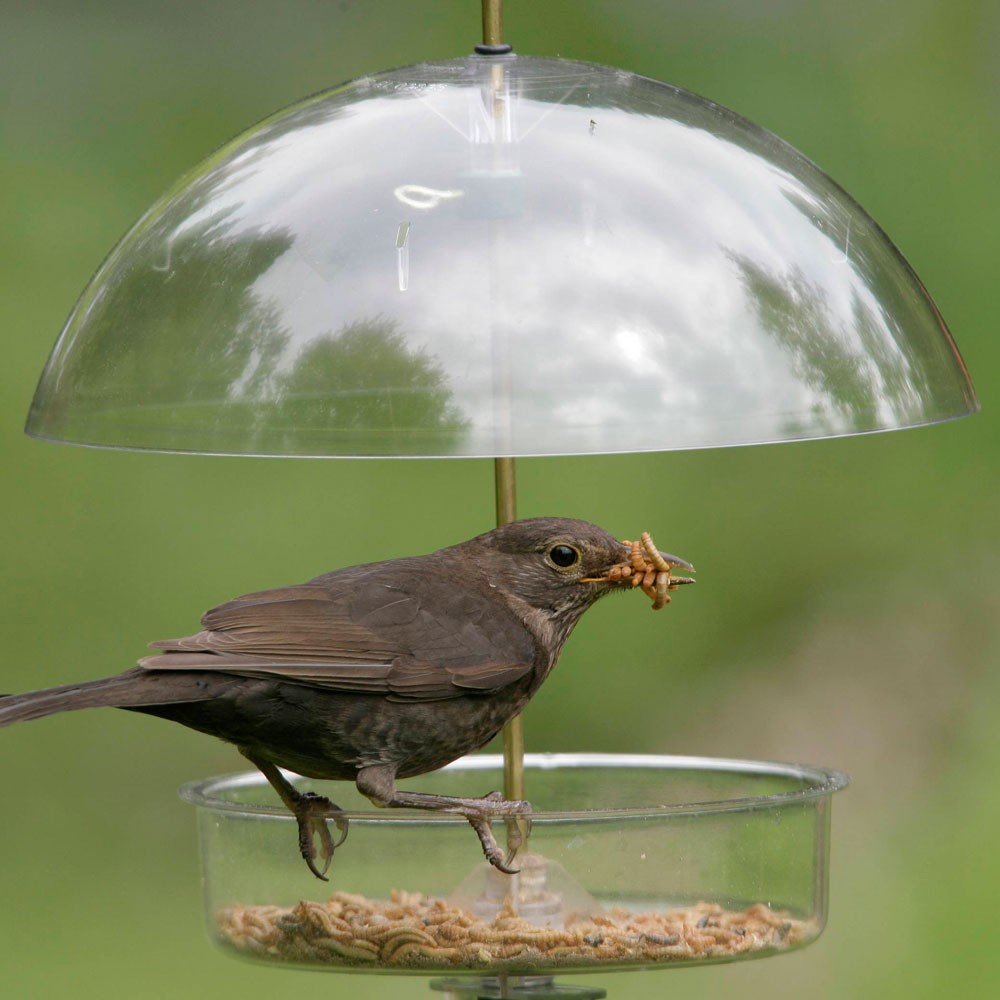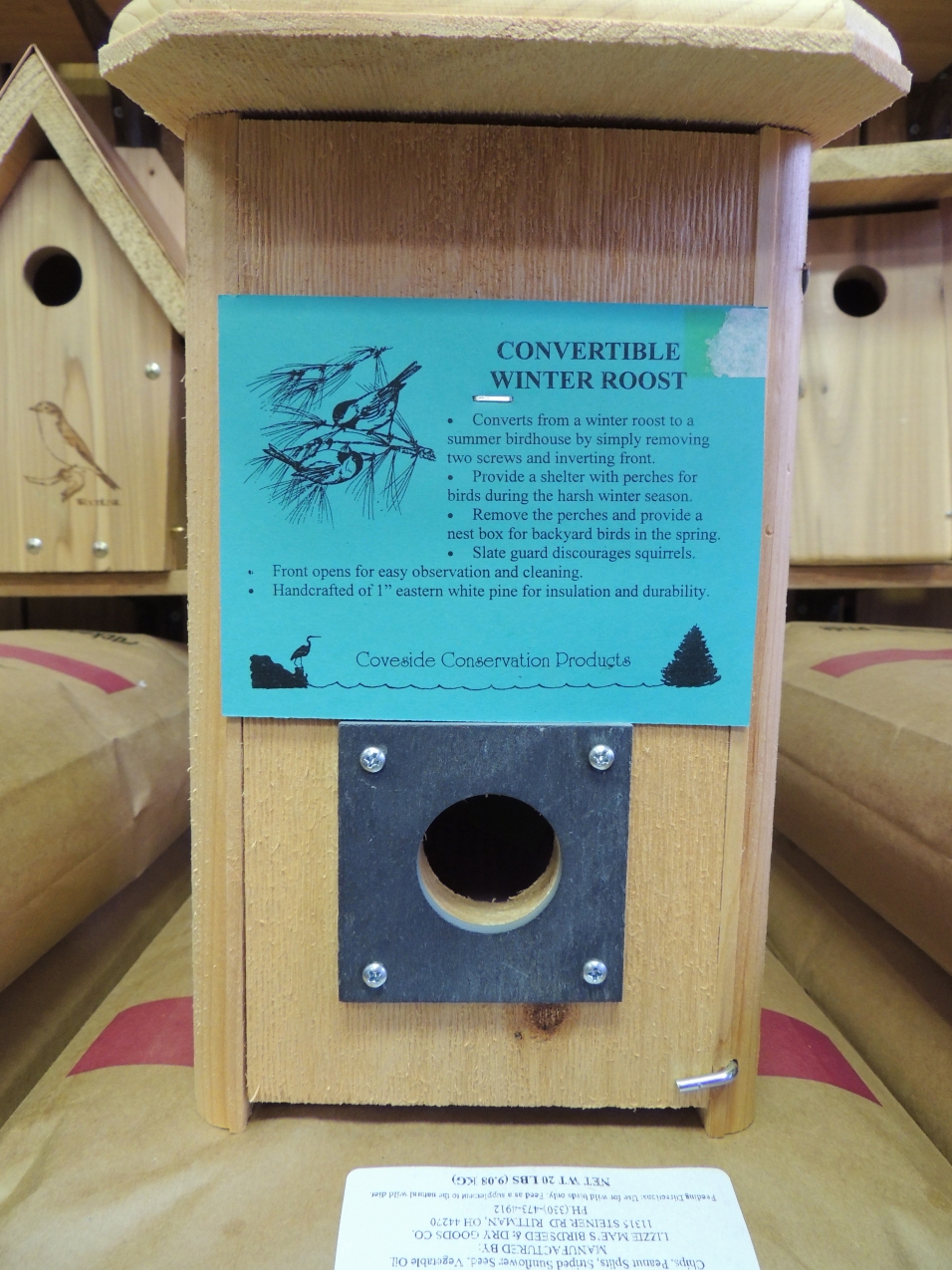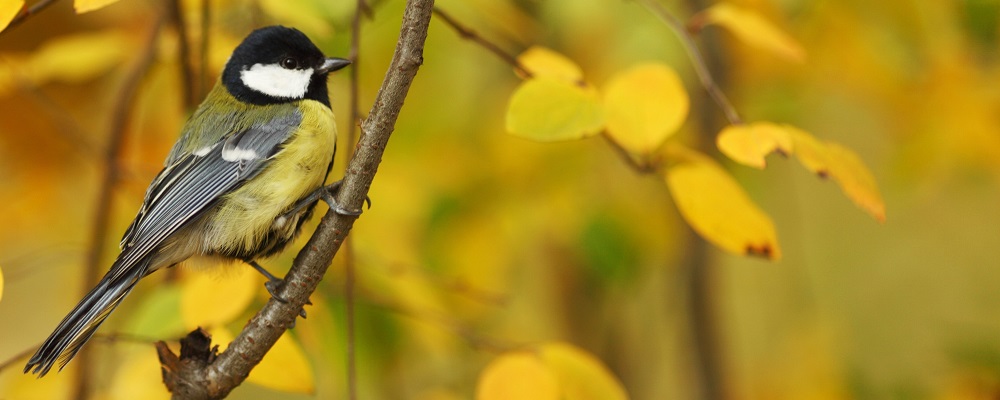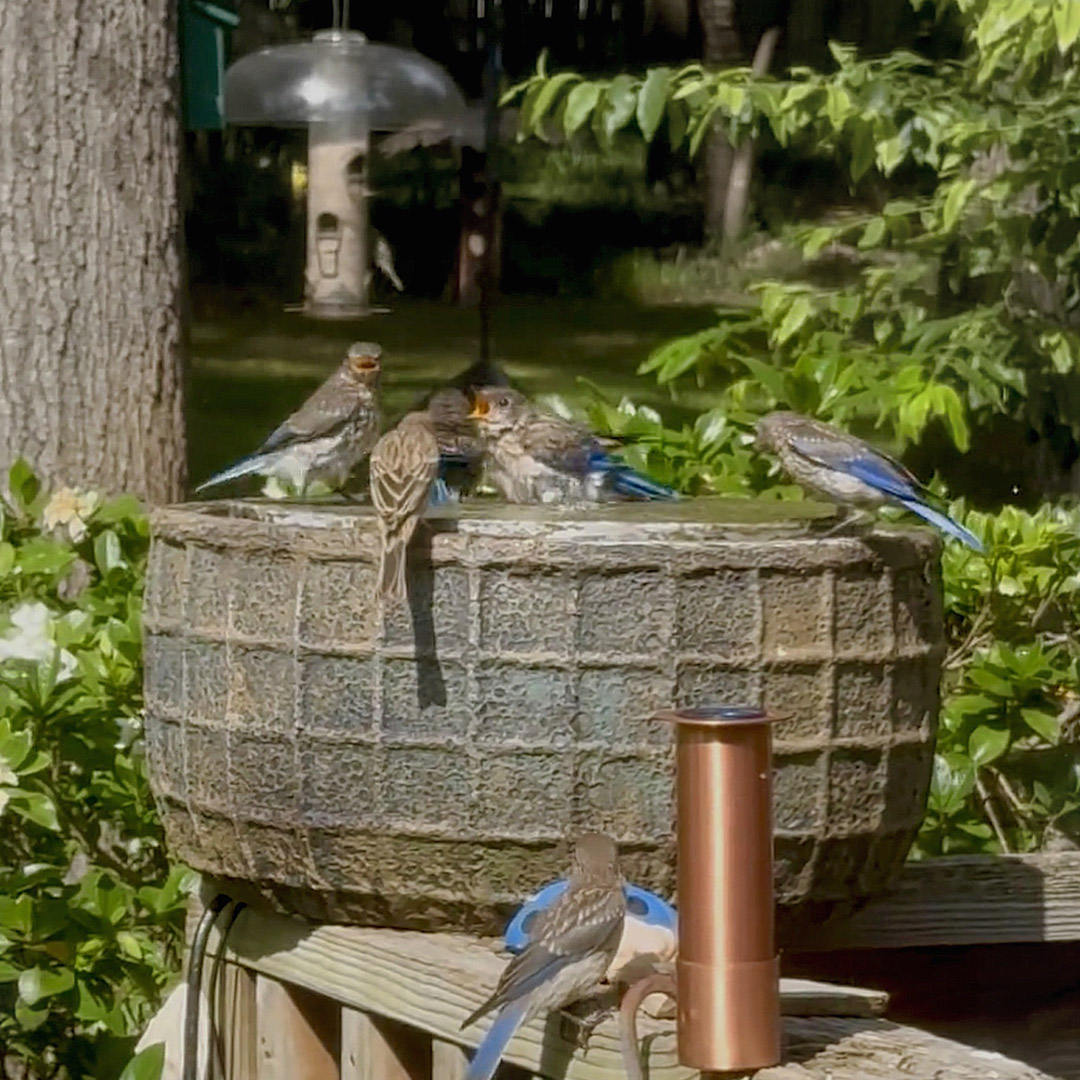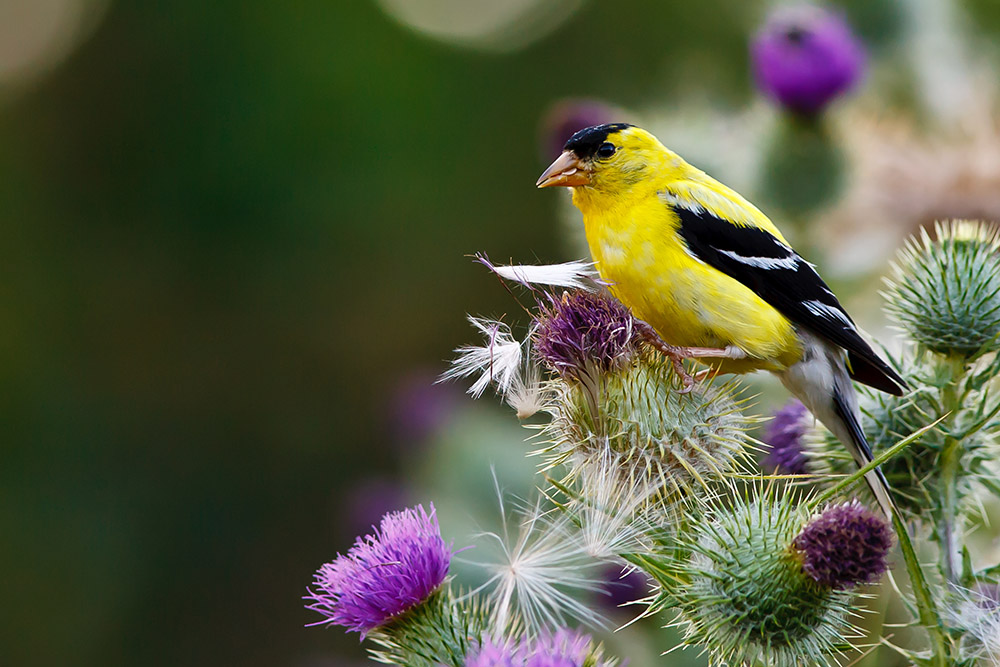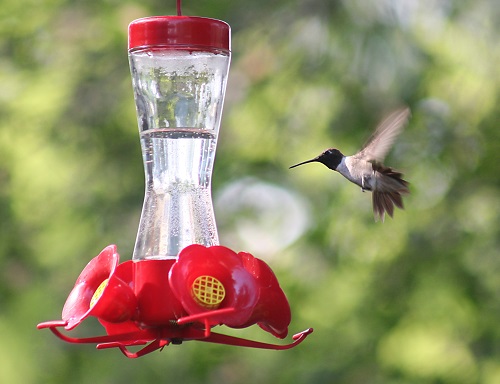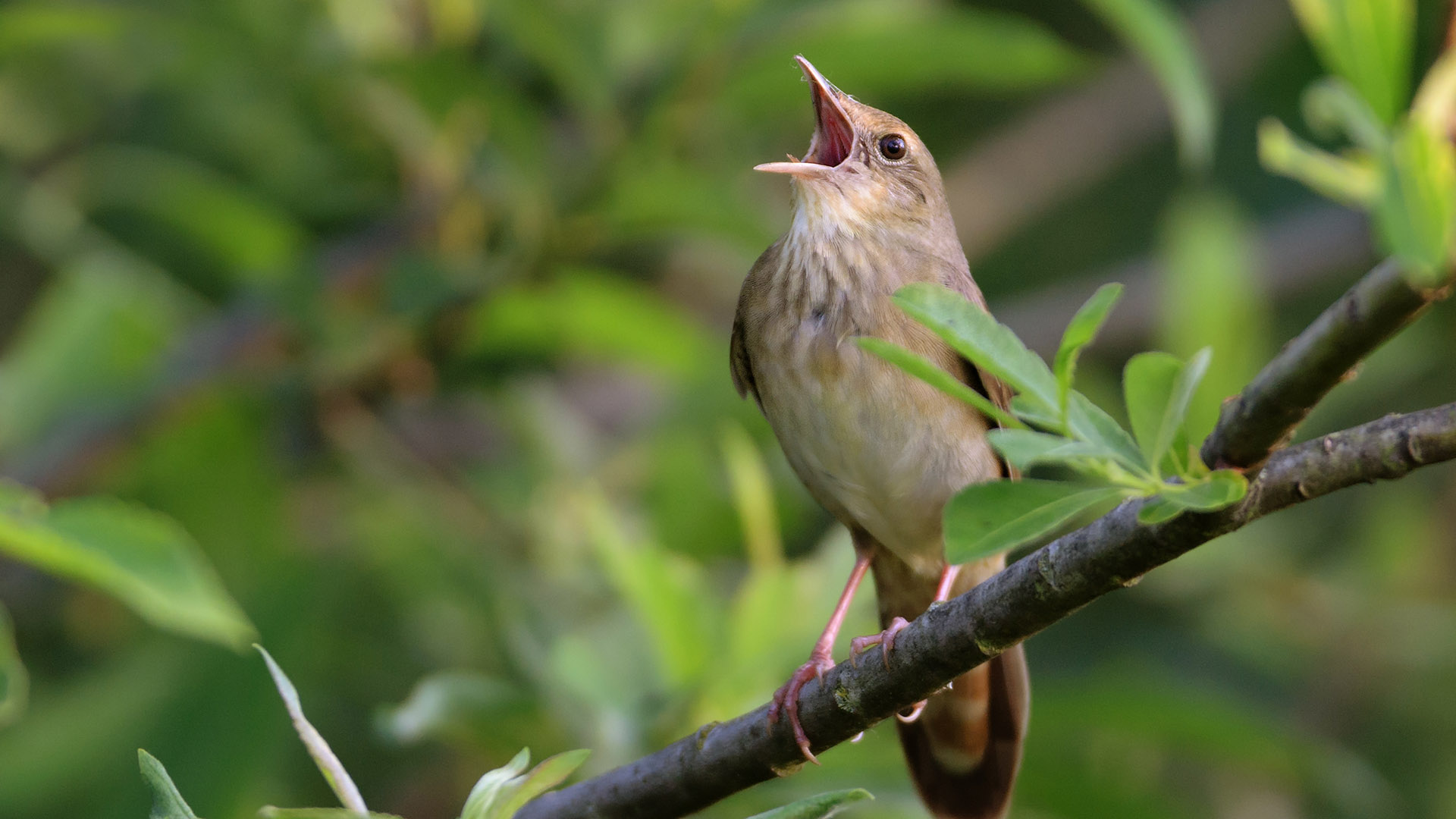To attract the greatest number of species in the winter, it is important to have a number of different birdfeeders available. While easy bird feeders such as hopper and platform designs are always popular, the feeders you use during the winter should have several characteristics in common.
- Keep birds dry while they dine:Feeders will be most useful in the winter if they have a wide cover over feeding ports, perches and dispensing trays so seed is not buried during snowfalls or storms. Fly-through platform feeders are especially good designs for winter bird feeding. Consider adding a covered feeder or hanging baffle to your tube feeders. It can provide your birds with some protection from the elements while they are eating
- PlacementIdeally, winter birdfeeders should be placed in sheltered locations out of the most severe winds. Placing feeders closer to the house will be effective and will help keep the birds visible for indoor birdwatching. At the same time, feeders should be placed near protective cover such as hedges or a brush pile to offer birds safety from predators. To minimize window collisions, place feeders no more than five feet away from a wall or window, and use window clings or other techniques to prevent collisions.
- Capacity: For birders’ convenience, large capacity feeders are preferred for winter feeding because they do not need to be refilled as frequently. This is only viable, however, if the seed is protected from moisture, otherwise it may grow mold before it is consumed. Covered feeders with large capacities are suitable, but platform feeders should be emptied and refilled daily to prevent mildew and spoilage.
- Cleanliness: Because natural food sources are scarcer in the winter, more birds may be attracted to backyard feeders and those feeders will need to be cleaned and sterilized regularly. Proper cleaning will minimize mold, mildew and other unhealthy conditions that could foster disease among backyard bird populations. When cleaning, discard soggy seed or seed encased in ice, and let the feeder dry before refilling if possible.

